I think we need to sit max is 5 hours or less
What Is Dead Butt Syndrome and How to Avoid It
If you were to count the number of hours you spend sitting during the day you would realize that it is far more than you would have guessed. The average adult American, for example, sits more than 8 hours a day, and the number is greater for teenagers. Sitting down has such a bad impact on our health, that it can lead to several chronic diseases. Gluteal amnesia, sometimes known as dead butt syndrome, is one of them. This condition happens when the muscles of your buttocks are damaged and this can affect your back, knees, and more.
Bright Side wanted to raise some awareness about the importance of physical activity during the day by talking about gluteal amnesia and how it can be reversed.
The dangers of sitting still for hours
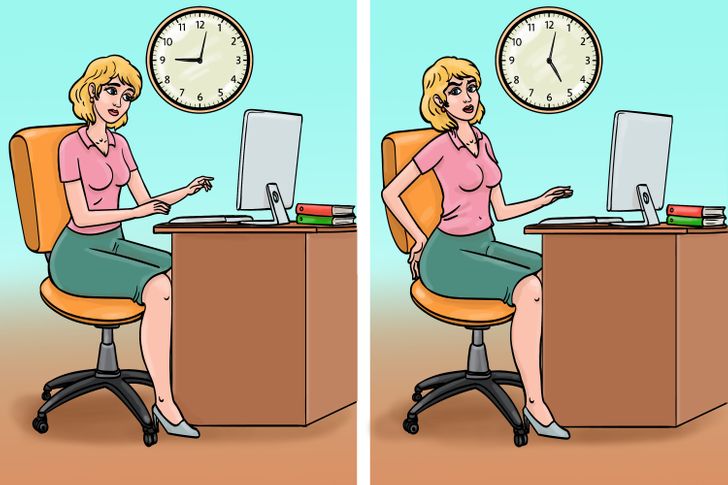
Sitting for a long time has become one of the growing concerns in modern public health. And there’s hardly anything surprising about this. Sitting for long periods of time can cause many dangerous physical conditions, like high blood pressure, high blood sugar, and cardiovascular disease. And, as you may know, most of these come to stay, no matter how much you exercise every day.
Unfortunately, on top of any of these chronic conditions, sitting down for long hours can also be the cause of discomfort that can affect your daily life. And it all starts with your buttocks and something called dead butt syndrome.
What is gluteal amnesia
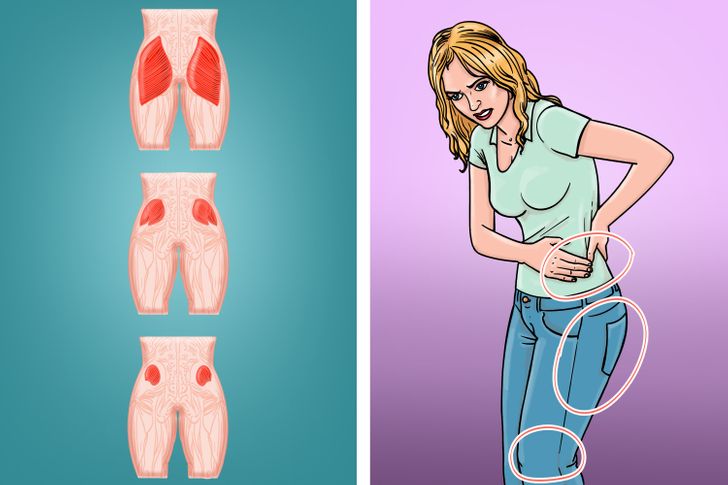
Gluteal amnesia is a syndrome that causes the muscles of the buttocks to stop functioning properly and basically fall asleep. When we stay seated for too long, these muscles become just passive muscles and the body sort of “forgets” how to activate them. Looks like the name “gluteal amnesia” was, as some would say, spot on.
This might not seem so bad, you might be thinking, but in reality, it is very problematic. Buttock muscles are among the largest muscles in the body and are therefore used in most movements we make. When they are not working, other muscles that do not have the same strength and other parts of the body, like our knees and back, have to take their place. And of course, that takes a toll on the muscles in these places, as a result.
How to tell if you have gluteal amnesia
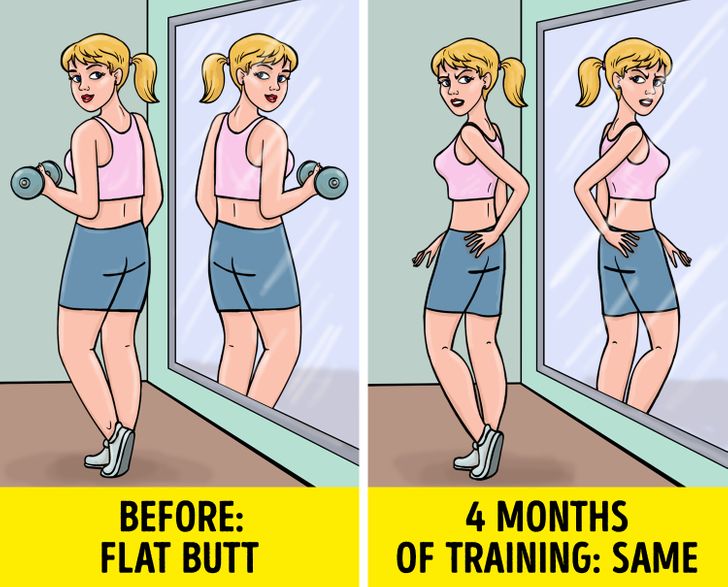
People who suffer from this condition have said that after long hours of sitting, their buttocks feel numb and even sore. They also report feeling pain in their lower back, hips, or even knees. Another symptom could be exercising for enough hours a week that you should be seeing results and still not managing to shape your buttocks as you want or even notice any changes.
If you suspect that you suffer from dead butt syndrome, but still are not sure if you actually have it, the first thing to remember is that you need to go the doctor to be properly diagnosed. In the meanwhile, taking a look in the mirror may help. Try these 3 positions and see if you can mirror them correctly or not. Also, you need to remember that you should always seek the help of a doctor or therapist who specializes in this in order to get a correct diagnosis.
Position 1
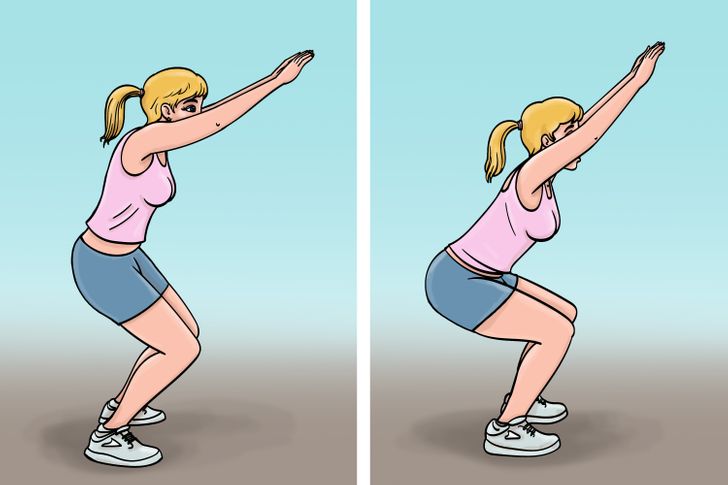
Position 2
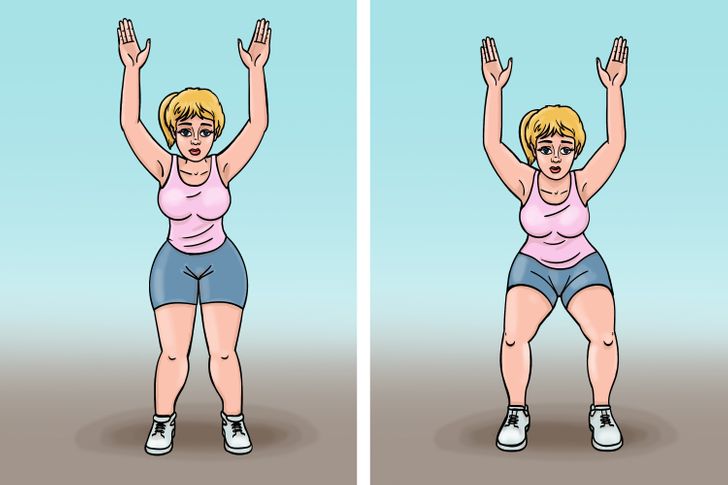
Position 3
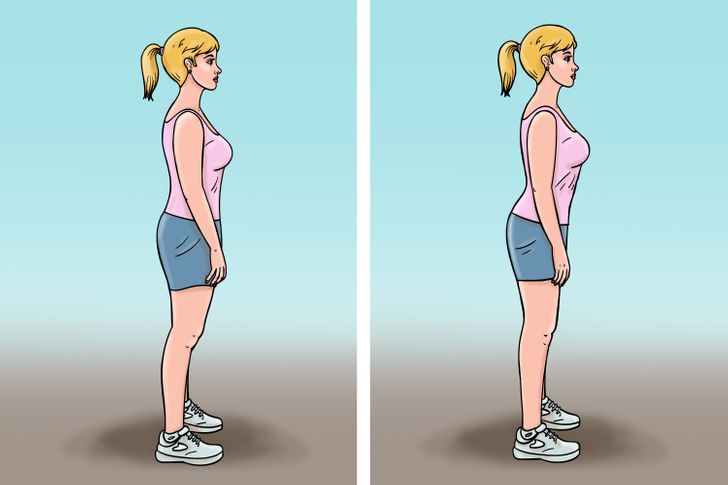
Treating gluteal amnesia at home
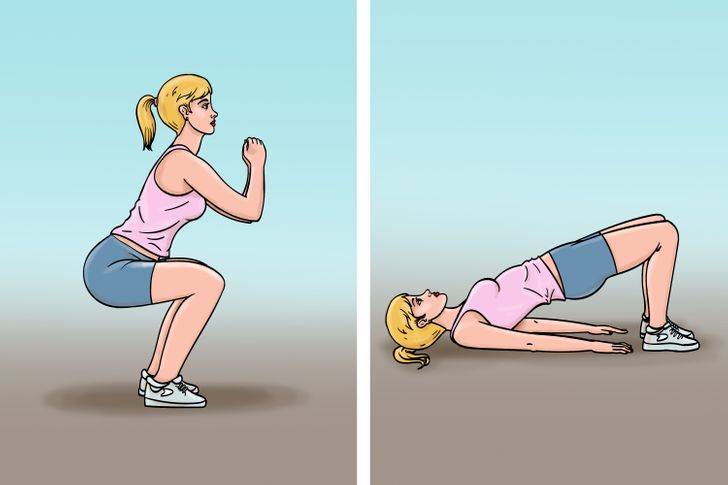
All bodies are different and each of them has its own set of requirements that must be taken into account before starting to workout. That is why it is always better to contact a specialist to have them put together a workout program that will not harm your health — if you decide to not work with a personal trainer.
- Exercise your buttocks a few minutes every day. If you spend most of your day sitting, the best remedy is prevention. You only need a few minutes of exercise a day to activate your buttocks. Try doing squats, jumping jacks, or simply lying down on a flat surface and squeezing your buttocks.
- Move as much as possible. Make some changes in your routine that will cut down on your sitting hours. For example, walk to work from your bus stop, take breaks, or leave your chair at least every half hour.
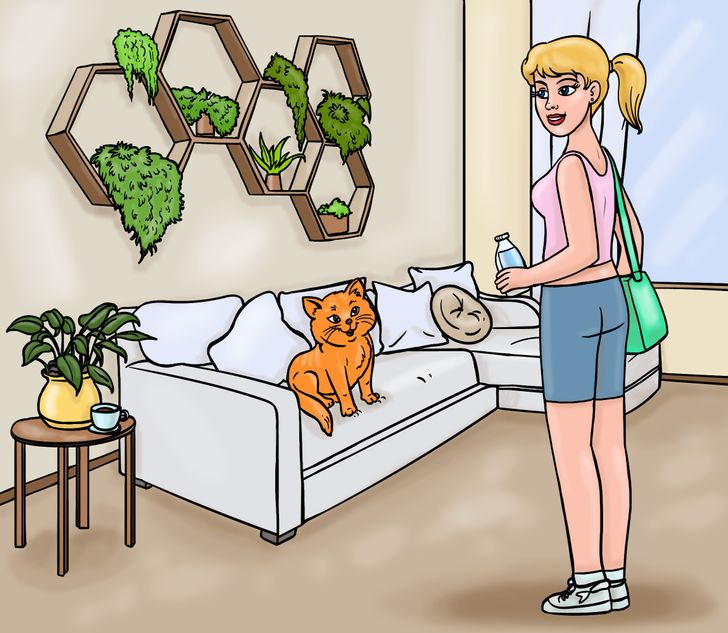
- Train your body to be more flexible: with constant training you will develop enough muscle elasticity to activate and harden your buttocks more efficiently, and without the risk of injury.
- Make sure to have a healthy diet: being overweight puts more stress on your buttocks, which can make it more difficult for you to reverse dead butt syndrome.
In your opinion, how many hours a day is the maximum time we should sit to avoid the risk of suffering from physical consequences? What kind of exercise would you recommend to keep your buttocks active and firm?
Comments
Related Reads
Zooey Deschanel Stunned Everyone With Her New Look and Fans Think She’s “Unrecognizable”

8 Trickly Riddles We Bet You’ll Struggle to Solve

15 Psychological Signs Someone Likes You, Even in the Earliest Stages
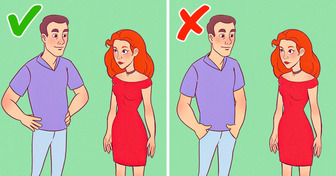
My Stepdaughter Begged Me to Take Her to the Hospital, but I Refused

I Didn’t Want My Ex’s Wife at My Son’s Graduation — The Result Was Devastating

I Refuse to Let My Irresponsible Stepdaughter Exploit Her Dad

15 Awkward Situations That Could Happen to Any Parent

14 People Who Uncovered the Disturbing True Face of Their Friend

I Invited My Son’s Ex-Wife to Thanksgiving Dinner — It Ended Tragically

12 Stories That Prove Kindness Is Such a Rare Gift

My ''Control Freak'' MIL Runs Our Marriage, and My Husband Lets Her

I Refused to Be Humiliated Just Because I’m Poor
